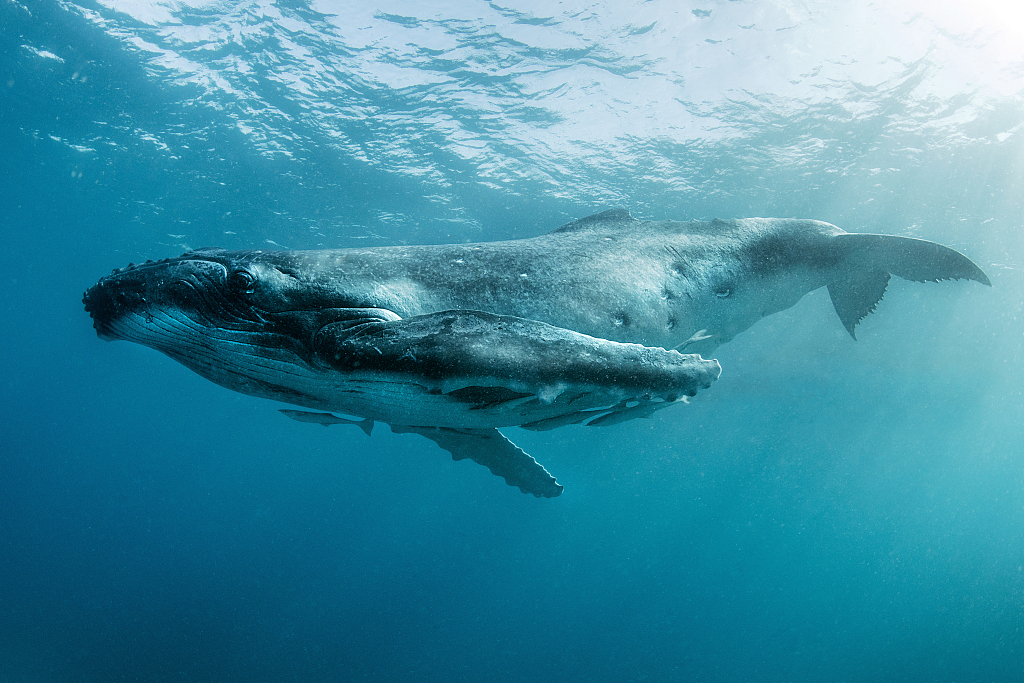Thirteen years of "Avatar" first premiered, "Avatar: The Way of Water," directed by James Cameron hit the theaters.
Jake and his family exile themselves to the Metkayina reef people clan at Pandora's eastern seaboard, where they are given shelter. The family learns the ways of the reef people and develops a spiritual bond with the majestic sea creatures.
Among them, the tulkuns became their good friends. The tulkuns that roam the vast waters are enormous and intelligent, as well as more spiritual and emotional, with their own language and individual names. They have family histories, mathematics, poetry, and sophisticated music and never attack foreigners. However, they are always hunted because of the anti-aging viscous liquid.

The tulkuns are similar to the humpback whale in the real world, which suffer from a similar situation.
Humpback whales are huge creatures that roam the vast oceans, with adults reaching lengths of more than 10 meters and weighing nearly 30 tonnes, and they feed mainly on small crustaceans such as krill.
During the summer, humpback whales feed in the cold waters of high latitudes, such as Alaska, Antarctica, Iceland, Norway and the east coast of Canada and the United States.
Before the mid-nineteenth century, the global population of humpback whales once reached 150,000. But over the next century, they were hunted extensively, which saw the population decline to 20,000 in 1966.
In 1982, the International Whaling Commission decided there should be a pause in commercial whaling on all whale species and populations from the 1985/1986 season onwards. This measure has also become a guarantee that humpback whales can reproduce properly.

Currently, the humpback whale population is increasing in numbers. But the species still faces difficulties, like climate change, collisions with ships and noise pollution, which force it away from its traditional breeding grounds.
According to a new study published in Frontiers in Marine Science, projected sea surface temperature increases indicate that many humpback whale breeding areas would no longer be within their historic temperature range by this century's end. The warming of their feeding grounds means the humpback whale population is still threatened even after years of recovery.
Human exploitation of undersea oil fields and the discharge of domestic waste into the ocean have also affected humpback whale populations. Propellers from some large ships can harm humpback whales, and fishing nets in the ocean can entangle them, which has also led to the death of many cetacean species in large numbers.
(If you want to contribute and have specific expertise, please contact us at nature@cgtn.com.)